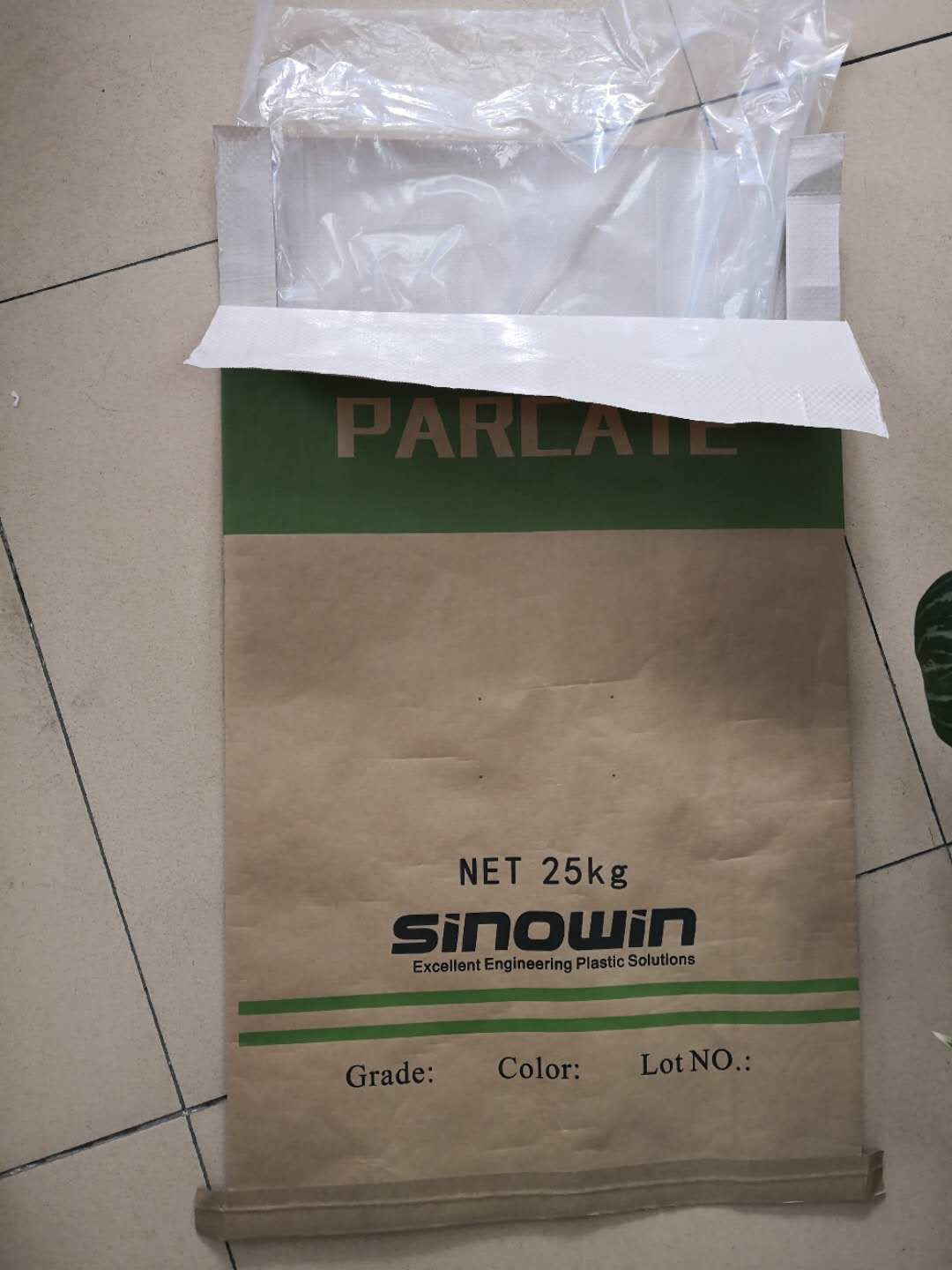The four elements of training
Spanish coaches divided the training of rock climbing into four aspects: physical fitness, technology, psychology, and strain.
First, physical fitness
Physical fitness includes maximum strength, endurance, and flexibility.
Maximum power:
As we all know, rock climbers do not require a single force to enhance blindly, not to mention strong muscles. He called for a balanced development of muscles and strength, and it is best not to break away from the rock wall in the training of strength. Here we must introduce the word antagonistic muscles. In the pure strength exercises, it may be possible to develop some direction of force in real climbing. The opposite muscle, which will affect your performance in climbing, so in the usual strength exercises, we should try to combine strength training and rock wall.
Take the training arm's maximum static arm suspension force as an example to briefly introduce the Spanish coach's training method:
First of all, find a weight that happens to let you hang the arm for 6 seconds, then hang the arm under this weight for 6 seconds, then do not rest. Make 25 moves in succession. It must be completed within 100 seconds. Do not rest. Return to the place where the drape was made, plus the weight just continued to be suspended for 6 seconds, then 25 moves, so that a group of 6-15 times in a row, take a break for 30 minutes and make 4-5 groups. Be careful not to let the body cool down during breaks and do some light activities or flexibility exercises. The climbing difficulty is generally lower than your maximum climbing ability. However, the specific level depends on the individual situation and the training progress. This training is performed 2-3 times a week for 6 weeks. However, if it is before the game, we must set aside 10 days of rest. Each training can select three different parts of the muscle to train, but the same muscle training must be arranged after 2-3 days, which means that the maximum strength of the exercise must have 2-3 days of rest.
In the same way, the maximum force of the fingers can also be practiced in this way. In Spain, only if the level of climbing reaches 5.13 will the special training be performed, such as the training of the fingerboard.
But how do you know your progress after training? You can try to climb a power route or bouldering route that you can't climb before starting 6 weeks of training. After the training is over, try the route again and see how big your progress is.
endurance:
Endurance training is very painful, he needs you to reach the endurance limit of physical fitness, and endurance training is basically done on the rock wall. Here are some descriptions of endurance training methods:
First of all, choose a route that you can climb easily and can climb down. The difficulty of the route depends on your personal situation. Of course, the greater the difficulty, the better. The specific approach is as follows. Climb up once and then climb downwards, then climb up again (both up and down), and then rest for 1 minute. Begin the second time, this way for 6 consecutive times as a group. General training is carried out in 3-8 groups with a rest of 5 minutes between each group. This training can last for 9 weeks. It is also possible to use 9 weeks as a large cycle and subdivide it into three smaller cycles. Each cycle has 3 weeks. The intensity of the first three weeks is the largest, the intensity of the second three weeks is slightly reduced, and that of the third three weeks. The intensity can be smaller.
At the same time, during endurance training, you can practice according to your own weaknesses and design different special routes. For example, the entire route is a crossover hand, or you can all be sideways.
Evaluate your training results in the same way as strength training.
Flexibility and balance:
This is not much to say, but their ligamentous ligament training is generally arranged to get up every morning or after each training warm-up. At the same time, you must pay attention to the ligament. When you pull it, your strength must grow from small to large. When you reach the maximum strength, you should start to relax. Don't interrupt your efforts and you should increase your strength evenly.
There are many methods of balance sense training, you can walk the wire, or find a point on the rock wall, single foot to find a sense of balance.
Adding a bit of other stuff here is a method of balance training introduced by a Taiwanese person. Find a log and a wooden board, place the log on the ground, put the board on it, and stand on the board, make the board two Do not touch the ground. This is also a good way to train a sense of balance.
Balanced Studio Mitsui Shou and Ah Feng
Paper-Plastic Composite Bags are made of the composite plastic Woven Bag and kraft paper, plastic layer usually use polypropylene (PP) or polyethylene (PE) as the backing material of flat wire woven cloth, refined composite special kraft paper. Is one of the most popular packaging materials, widely used in plastic materials, cement, feed, chemical, fertilizer and other industries.
Process description: adopts refined white kraft paper or yellow kraft paper outside and the inside plastic woven cloth, make through high temperature and high pressure plastic particles PP melt, kraft paper and plastic woven cloth composite together. Can add lining of the bag. The form of paper plastic compound bag is equal to the opening pocket of the seam. It has the advantages of good strength, waterproof and damp proof.

Paper-Plastic Composite Bags,Paper-Plastic Bags,3In1 Paper-Plastic Composite Bags,Aluminum Plastic Composite Bags
Shenzhen Riversky Packing Materials CO.,LTD , http://www.jtfibc.com